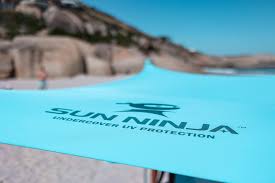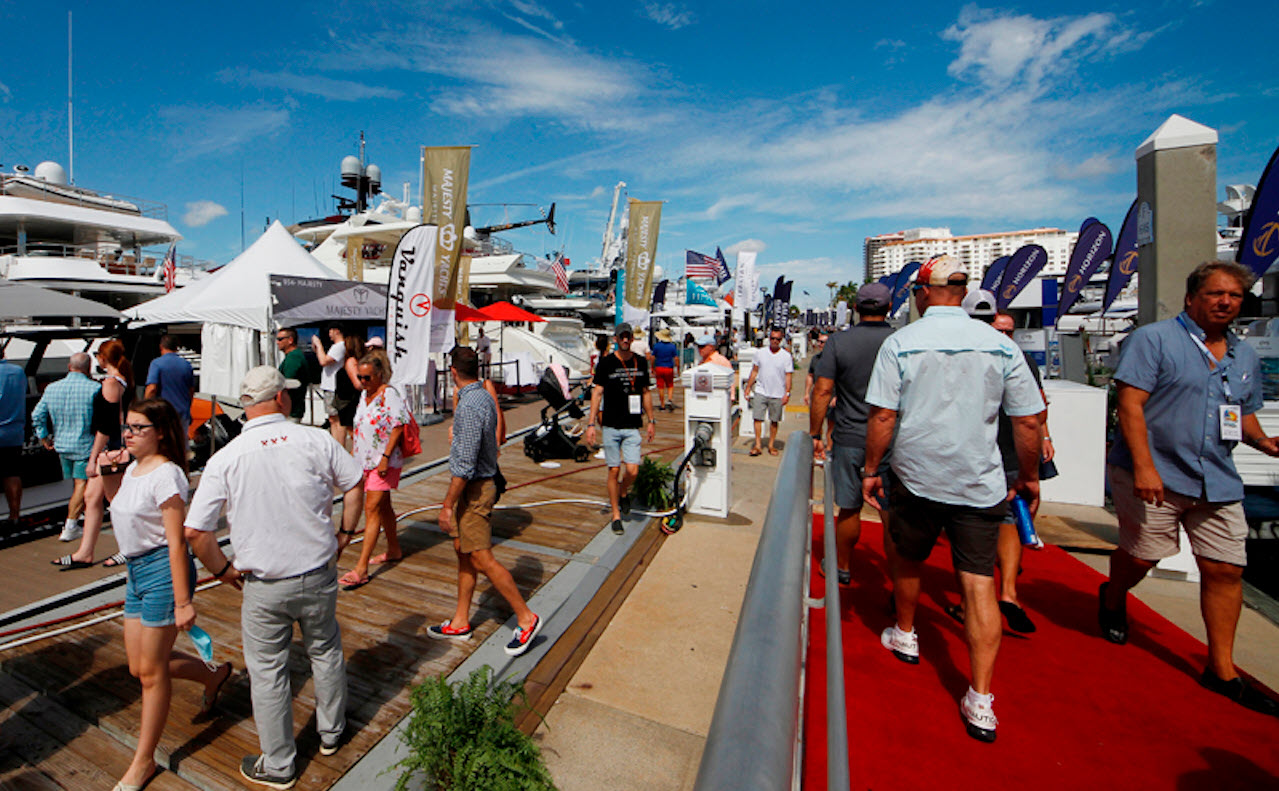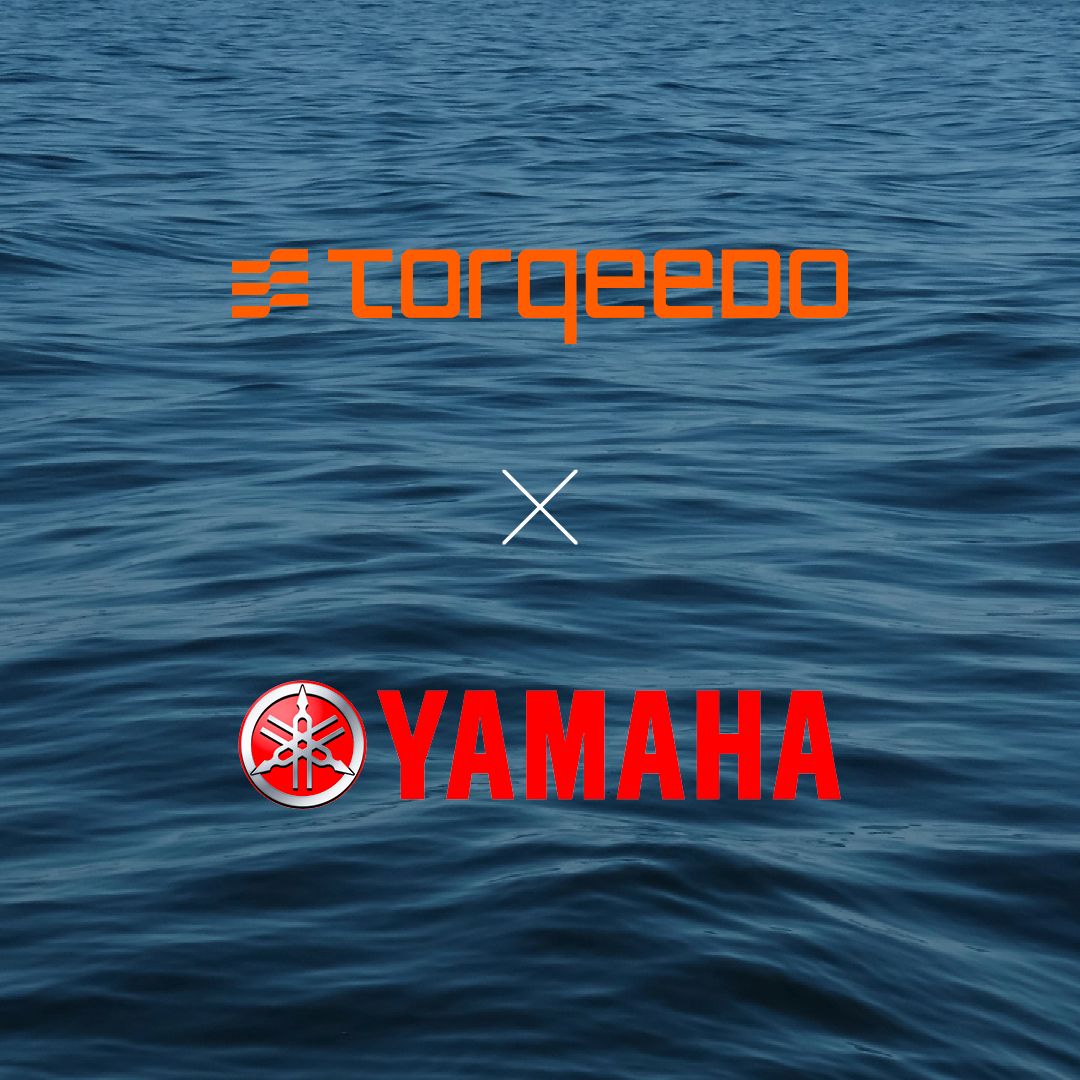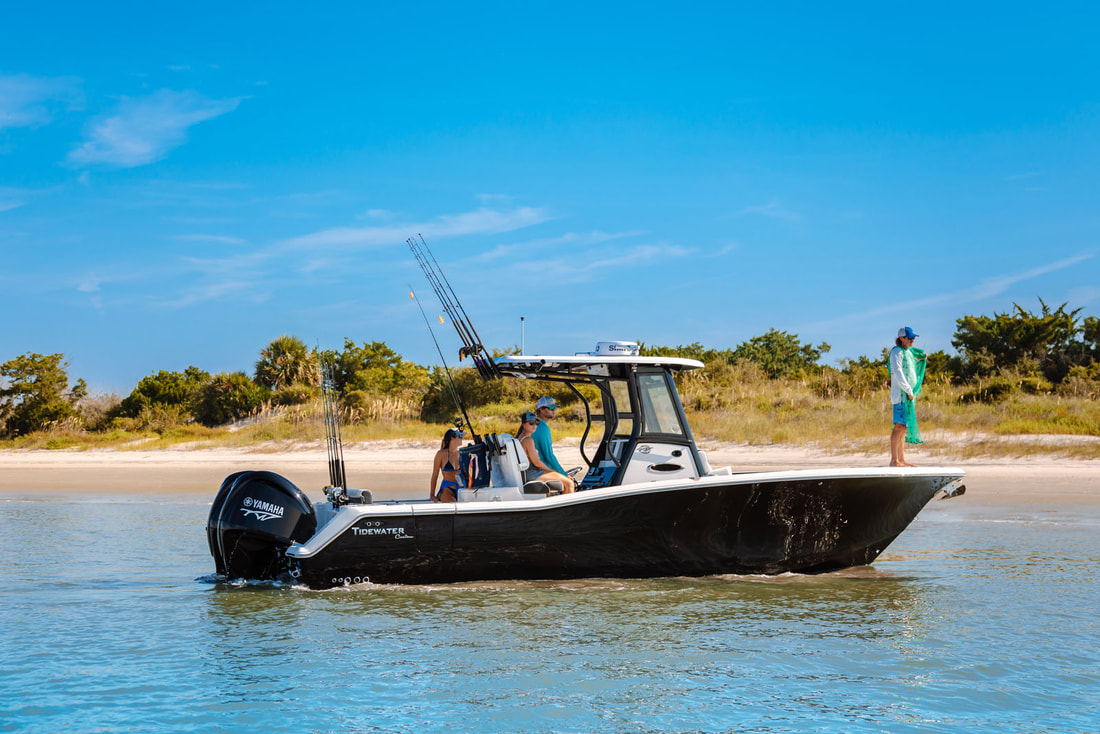Yawl Boats
Yawl Sailing: Essential Tips and Techniques for Beginners
A yawl is a unique type of sailboat with a rich history and versatile design. Known for its two-masted fore and aft rig, the yawl has become a popular choice for sailors and boat enthusiasts around the world. The characteristic mizzen mast is positioned abaft, or behind, the rudder stock, which differs from other similar sailboats like ketches. This distinctive sail plan provides increased maneuverability, making yawls ideal for both leisure and competitive sailing.
The design and structure of the yawl can vary based on the intended use and personal preferences of the owner. Some yawls may have been used as warships in the past, while others served as fishing vessels or leisure boats. Today, the yawl community is thriving, with many enthusiasts customizing their boats and participating in events to showcase their deep appreciation for these beautiful sailboats.
Key Takeaways
- Yawls are two-masted sailboats known for their versatile design and maneuverability in various sailing conditions.
- The mizzen mast, located aft of the rudder stock, sets yawls apart from other similar sailboats such as ketches.
- Yawl sailboats have a rich history of use in various contexts, including warships, fishing vessels, and leisure boats, and continue to inspire a passionate community of enthusiasts today.
Exploring the Yawl Sailboat
The Yawl Rig
The yawl sailboat is a two-masted sailing vessel, commonly featuring a mainsail, mizzen, and one or more jibsails. In terms of rigging, the mainmast is taller than the mizzenmast, which is usually placed astern of the mainmast. This configuration differs from a ketch, where the mizzenmast is placed closer amidships and generally provides more substantial horsepower.
A yawl is known for its double-ended design and considerably smaller sail area in comparison to its contemporaries. The mizzenmast, being placed behind the rudder post, sets the yawl apart from other sailboats and often serves less as a driving force, and more as a balancing aid or heaving-to steadying influence while moored.
As a versatile vessel, the yawl can carry multiple sails to adapt to various wind conditions. The mainsail is the predominant sail providing driving power, while the mizzen allows for better maneuverability and balance. In addition to the mainsail and mizzen, smaller jib or genoa sails can be used to increase sail area and propulsion.
Historically, yawl boats originated in the Netherlands during the 16th century. They were primarily used as fishing boats, as the smaller sail area was suitable for managing the boat in shallow waters. Over time, the yawl evolved into pleasure craft and racing boats.
The yawl sailboat's rigging and design make it a notable choice for both beginners and experienced sailors. Its flexibility, performance in varying wind conditions, and unique configuration provide a confident and knowledgeable sailing experience while maintaining a neutral and clear perspective for users.
Design and Structure of a Yawl
Hull Type
Yawl sailboats have a classic look and a unique design, combining elements of both traditional and modern sailing vessels. The hull shape of a yawl varies, with some featuring a curved or rounded hull while others have a flatter bottom. This variety allows yawls to be versatile in their capabilities, suitable for both cruising and racing.
Displacement and LOA
The displacement and length overall (LOA) of a yawl boat can differ depending on the specific design and purpose of the vessel. Yawls, described as smaller than cutters, originated in the Netherlands in the 16th century as fishing boats and later gained popularity as pleasure craft and racing boats Daily Boats.
The exact displacement and LOA depend on the specific yawl in question. For example, the famous Concordia yawls, designed by naval architect C. Raymond Hunt and built by the German shipyard Abeking and Rasmussen, were commissioned between 1938 and 1966 Concordia Company. These yawls ranged in size, catering to various needs, but each featured the signature yawl design elements with expertise and precision craftsmanship.
Notable Yawls and Their Origins
Concordia Yawls
The Concordia Yawls represent a prominent line of American yawls designed by naval architect C. Raymond Hunt. One of the most striking features of the Concordia Yawls is their timeless design, which blends beauty and functionality in a classic wooden hull. These yawls showcase exquisite craftsmanship, combining traditional wooden boatbuilding techniques with modern materials and features. Despite their historic roots, Concordia Yawls continue to be highly sought-after today, demonstrating both the enduring appeal and the practicality of these versatile sailing vessels.
Norwegian Yawls
In Norway, yawls have been an essential part of maritime history, used in both fishing and transportation along the rugged coastline. Known for their sturdy construction and innovative clinker-built hulls, Norwegian yawls showcase the impressive boatbuilding skills of their creators. The hull planks, which overlap at the edges, give these vessels exceptional strength and seaworthiness, a key factor in their ability to handle the challenging North Sea conditions. Norwegian yawls have evolved over time, adapting to modern needs while maintaining their traditional appearance and nautical heritage.
Irish Yawls
Irish yawls, like their Norwegian counterparts, originated as working vessels for fishing and transportation. Their design features an almost vertical stern, allowing for easy maneuverability and access to shorelines. The adaptability of these yawls to the rough coastal waters of Ireland attests to their durability and resilience. Not only used for work, these yawls are also an important part of Irish maritime culture, participating in traditional regattas, with events that celebrate Ireland's rich coastal history. The Irish yawls symbolize a strong connection to the sea and the many stories and traditions that have emerged from these proud vessels.
Customising Your Yawl
When it comes to customising your yawl, there are a variety of options available to create the perfect boat tailored to your needs and preferences. Working with experienced boat builders can help ensure a high-quality result that meets your expectations.
One aspect of customisation is the design of the sail plan. A yawl typically features a mainmast and a mizzenmast, with various sail configurations possible. You can choose between classic gaff rigs, modern Bermuda rigs, or even add a jib for enhanced sailing performance.
Another important factor to consider is the construction material of your yawl. Traditional wooden materials such as cedar or oak can provide a classic, authentic feel. Alternatively, modern materials like composite and carbon fiber offer lightweight and durable options.
Customising the interior of your yawl is also crucial in creating a comfortable and practical space for your sailing needs. Custom joinery, cabinetry, and upholstery can be tailored to suit your preferences and requirements. Functional elements such as storage, galley equipment, and navigational systems can be carefully integrated into the design, ensuring your time on the water is enjoyable and efficient.
Finally, choosing the right finishes and detailing for your yawl can make all the difference when it comes to aesthetics and functionality. From selecting the colour of the hull and deck to opting for polished stainless steel or traditional brass fittings, every detail contributes to the unique character of your custom yawl.
In conclusion, customising your yawl is an exciting opportunity to create a truly one-of-a-kind boat that reflects your individual style and requirements. Collaborating with skilled boat builders and carefully considering each step of the design and build process will ensure a remarkable result that serves as a source of pride and enjoyment for years to come.
Auxiliary Components of a Yawl
Diesel Engines
A yawl often relies on auxiliary power from diesel engines when sails are not enough to propel the vessel. Diesel engines are a popular choice for their efficiency, durability, and reliability. They provide consistent power output, which is essential in maintaining safe and controlled movement while sailing. In most cases, a yawl is built with an inboard engine, meaning it is located in the stern and is permanently mounted within the boat's hull.
The diesel engine is responsible for powering various onboard systems, including the electrical system, navigation, and communications equipment. This ensures that everything on the yawl functions properly and that crew members can access the necessary information and tools as needed. Additionally, diesel engines are often more environmentally friendly compared to their gasoline counterparts due to their lower emissions.
Anchor and Dinghy
An anchor is a critical component of a yawl, as it provides stability and security when the boat is at rest. Typically, anchors are made of heavy materials like steel or cast iron and are designed to have a strong hold on the seabed. Yawl owners should ensure they have the right size and type of anchor for their boat to guarantee adequate holding power in various conditions.
The anchor is usually stored on the foredeck, the front part of the boat, and is attached to a chain or rope, also known as the anchor rode. It is important to have an adequate length of rode for the boat's size and intended sailing area. Modern yawls can be equipped with electric or manual windlasses, making it easier to deploy and retrieve the anchor.
Along with an anchor, a dinghy is an essential auxiliary component of a yawl. A dinghy is a small boat that can be inflated or rigid, typically used to transport passengers and supplies to and from shore when the yawl is at anchor. Dinghies can be powered by small outboard motors or oars, depending on the owner's preference. They usually stow on the deck or are towed behind the yawl while sailing. It's crucial to ensure the dinghy is in good condition and properly equipped with safety gear for excursions away from the main vessel.
Yawl as a Warship
The yawl, while not a warship by definition, played a crucial role as a ship's boat in support of warships, particularly in the British Royal Navy during the 18th century. Though small, these boats were known for their sturdiness and versatility in various tasks. They were designed to be clinker-built — a Scandinavian-originated technique where the hull planks overlapped at the edges, increasing the strength and durability of the vessel.
Measuring typically between 16 and 18 feet in length, the 1760 era British yawl provided essential support for larger warships in transporting personnel, supplies, ammunition, and serving as a lifeline to the shore. The yawl's unique design, with its double-ended hull and curved sternposts, made it stand out from other ship's boats.
Another advantage to the yawl was its rowing capabilities. In situations where sailing was not possible or practical, yawls were often equipped with multiple sets of oars on either side of the boat. This allowed them to be easily maneuvered and controlled in tight spaces around larger vessels or when approaching the shore.
Throughout history, yawls have demonstrated their adaptability in a variety of naval operations. Although not technically a warship, the yawl's longstanding history as a dependable and functional support vessel highlights its importance within a naval fleet.
Lugsail Vs. Yawl
Lugsails and yawls are two distinct types of sail riggings found on various vessels. Understanding the key differences between these two sail configurations can help sailors choose the most suitable rigging for their specific needs.
A lugsail is a quadrilateral-shaped sail with a yard at the top, and it comes in three main types: standing lug, balanced lug, and dipping lug. Lugsails are known for their simplicity and ease of use, making them a popular choice among small boat owners and traditional sailboats. They offer good sailing performance, particularly in downwind conditions, but may not be as efficient as other types of rigs when sailing upwind.
On the other hand, a yawl is a specific type of sailboat that features two masts, with the main mast positioned forward and a smaller mizzen mast located aft. The mizzen sail on a yawl is typically smaller than the mainsail and serves to aid in steering and balancing the boat, rather than providing significant propulsion. Yawls are often considered suitable for short-handed or single-handed sailors due to their ease of handling and maneuverability.
When comparing lugsails to yawls, it's important to note that these terms describe different aspects of sailboats - the former refers to the sail shape and the latter to the overall rigging configuration. As such, lugsails can be found on various types of boats, including yawls, though the latter's mizzen sail is usually of a different type.
In terms of performance, modern yawls often benefit from more advanced sail designs and materials, and they generally offer better upwind sailing capabilities compared to lugsails. However, the simplicity, low cost, and easy handling of lugsails can make them a more attractive option for smaller boats and sailors with limited experience or budget.
In conclusion, both lugsails and yawls have their own strengths and weaknesses. When selecting a sail configuration for a specific boat or purpose, sailors need to consider factors such as ease of use, sailing performance, and overall vessel characteristics, in order to make the most informed decision.
The Yawl in a Workflow System
Interface and Web Services
YAWL, which stands for Yet Another Workflow Language, is a powerful and concise BPM/Workflow system capable of handling complex data transformations and fully integrating with organizational resources and external web services. YAWL's graphical notation and software system is based on the formal theory of Petri nets, which enables the modeling and execution of workflows in a systematic and efficient manner.
YAWL's interface and web services play a crucial role in achieving seamless integration with external systems. Web services in YAWL allow for communication and data exchange between different applications, while the user-friendly interface enables the efficient management and monitoring of workflows.
Downloading and Using Xquery
To get started with YAWL, users can download the open-source software from the official YAWL website. The download process is straightforward, and once installed, users have access to a robust system equipped to handle complex workflows.
A key feature of YAWL is its ability to utilize XQuery, a powerful language designed for querying and transforming XML data. Through the use of XQuery, YAWL is capable of handling intricate data transformations that occur within business processes. This ensures that the workflow system can accommodate a diverse range of organizational needs.
In summary, YAWL is a comprehensive workflow system that provides sophisticated features, an intuitive interface, and complete integration with web services. By leveraging the power of Petri nets and XQuery, YAWL is able to achieve unparalleled efficiency and effectiveness in managing complex workflows within an organization.
The Yawl Community in Camden
Camden, a picturesque town located on the coast of Maine, has become a hub for sailing enthusiasts and has developed a strong community of yawl sailboat owners. Known for its picturesque harbor, Camden attracts sailors from all over the world, making it an ideal location for the growth of the yawl sailing community.
The town's affinity for yawls stems from its rich maritime history, evident in the restored historic buildings and waterfront. The yawl sailboat, featuring a unique design with two masts, main and mizzen, has gained popularity in the area for its adaptability and efficiency in various sailing conditions. The distinctive design of yawl sailboats, often attributed to legendary naval architect C. Raymond Hunt, contributes to their enduring appeal and the growth of the community in Camden.
Organizations and clubs dedicated to promoting the use and preservation of yawl sailboats have emerged in Camden. These groups often organize events, such as regattas and social gatherings, that unite yawl sailboat owners and enthusiasts. Among them, the Camden Yawl Association (CYA) is a leading organization that focuses on maintaining the rich sailing heritage of Camden by supporting the yawl community. The association offers resources and organizes events geared specifically towards yawl sailors and fosters an environment of camaraderie and shared knowledge.
Camden is also home to various wooden boat builders and restoration specialists who cater to yawl sailboat owners. These skilled craftsmen provide essential maintenance services that keep yawls in top condition, ensuring their longevity and value. Furthermore, these specialists contribute to the preservation of the traditional building techniques associated with yawls and pass on their expertise to younger generations.
In conclusion, the yawl community in Camden is a thriving and interconnected network of enthusiasts, boat builders, and restoration specialists. The town's passion for sailing and maritime history has created a welcoming environment for those interested in yawl sailboats. As the community continues to grow, the legacy of the yawl sailboat in Camden remains alive and well.
Frequently Asked Questions
What are the main differences between a yawl and a sloop?
A yawl is a two-masted sailboat with the main mast taller than the mizzen mast, while a sloop has a single mast. The key distinction between the two rigs is the position of the smaller mast (mizzen) in a yawl, which is placed aft of the rudder post. Sloops, on the other hand, have a more simplified rig with one larger mainsail and a single headsail, making them easier to handle.
How are yawls used in sailing and cruising?
Yawls are versatile boats used for various sailing activities, including cruising and racing. Their divided sail plan allows for better balance and flexibility, which can be an advantage in different wind conditions. The mizzen sail on a yawl can also help with steadying the boat at anchor or while heaving to.
What are the advantages of owning a yawl?
Owning a yawl offers several benefits, such as improved balance and easier sail handling due to its divided rig. This sail configuration enables the yacht to sail closer to the wind and provides more control over the boat in varying conditions. Additionally, a yawl's smaller sails can generally be managed by a smaller crew or solo sailor, making it an attractive option for those who enjoy single-handed sailing or cruising with a small crew.
What are some common types of yawl sailboats?
Yawls come in various designs and sizes, from small day-sailers to large ocean-going vessels. Some popular models include the Bristol Channel Cutter, Alden Caravelle, and Hinckley Bermuda 40, which excel in their performance, craftsmanship, and function.
How do I find a yawl for sale?
To find a yawl for sale, you can begin by searching online boat marketplaces, contacting local yacht brokers, or joining owner associations and online forums dedicated to sailboats. These sources can provide valuable information on available boats, current market trends, and firsthand experiences from other yacht owners.
What is the significance of yawl rigging in sailing?
The yawl rigging plays a crucial role in providing more control, balance, and flexibility while sailing. The divided sail plan allows for easier sail management and can lead to improved performance in various wind conditions. Yawls may also be more maneuverable due to the smaller sails' responsiveness and ability to adapt to changing conditions, making them a popular choice for experienced sailors and cruisers.















